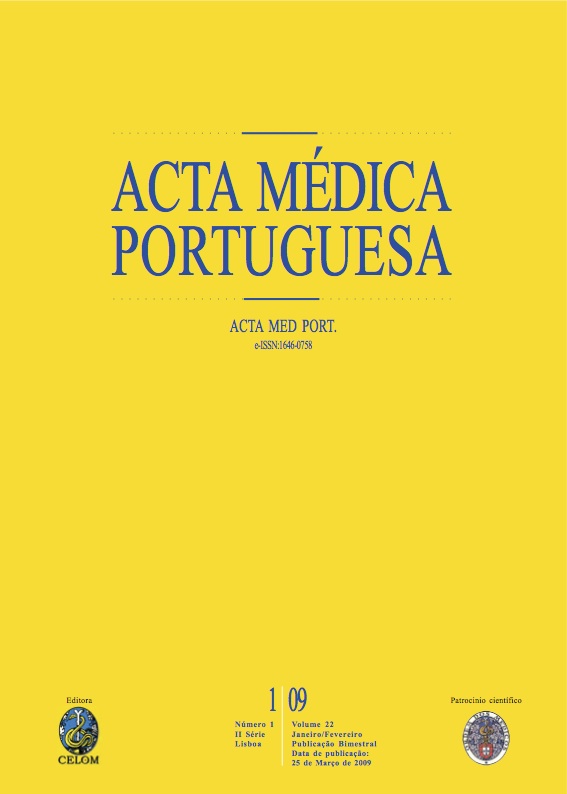Como implementar uma diretriz da teoria à prática: exemplo da profilaxia para tromboembolismo venoso.
DOI:
https://doi.org/10.20344/amp.1687Resumo
The objective of this manuscript is to discuss the existing barriers for the dissemination of medical guidelines, and to present strategies that facilitate the adaptation of the recommendations into clinical practice. The literature shows that it usually takes several years until new scientific evidence is adopted in current practice, even when there is obvious impact in patients' morbidity and mortality. There are some examples where more than thirty years have elapsed since the first case reports about the use of a effective therapy were published until its utilization became routine. That is the case of fibrinolysis for the treatment of acute myocardial infarction. Some of the main barriers for the implementation of new recommendations are: the lack of knowledge of a new guideline, personal resistance to changes, uncertainty about the efficacy of the proposed recommendation, fear of potential side-effects, difficulties in remembering the recommendations, inexistence of institutional policies reinforcing the recommendation and even economical restrains. In order to overcome these barriers a strategy that involves a program with multiple tools is always the best. That must include the implementation of easy-to-use algorithms, continuous medical education materials and lectures, electronic or paper alerts, tools to facilitate evaluation and prescription, and periodic audits to show results to the practitioners involved in the process. It is also fundamental that the medical societies involved with the specific medical issue support the program for its scientific and ethical soundness. The creation of multidisciplinary committees in each institution and the inclusion of opinion leaders that have pro-active and lasting attitudes are the key-points for the program's success. In this manuscript we use as an example the implementation of a guideline for venous thromboembolism prophylaxis, but the concepts described here can be easily applied to any other guideline. Therefore, these concepts could be very useful for institutions and services that aim at quality improvement of patient care. Changes in current medical practice recommended by guidelines may take some time. However, if there is a broader participation of opinion leaders and the use of several tools listed here, they surely have a greater probability of reaching the main objectives: improvement in provided medical care and patient safety.Downloads
Downloads
Como Citar
Edição
Secção
Licença
Todos os artigos publicados na AMP são de acesso aberto e cumprem os requisitos das agências de financiamento ou instituições académicas. Relativamente à utilização por terceiros a AMP rege-se pelos termos da licença Creative Commons ‘Atribuição – Uso Não-Comercial – (CC-BY-NC)’.
É da responsabilidade do autor obter permissão para reproduzir figuras, tabelas, etc., de outras publicações. Após a aceitação de um artigo, os autores serão convidados a preencher uma “Declaração de Responsabilidade Autoral e Partilha de Direitos de Autor “(http://www.actamedicaportuguesa.com/info/AMP-NormasPublicacao.pdf) e a “Declaração de Potenciais Conflitos de Interesse” (http://www.icmje.org/conflicts-of-interest) do ICMJE. Será enviado um e-mail ao autor correspondente, confirmando a receção do manuscrito.
Após a publicação, os autores ficam autorizados a disponibilizar os seus artigos em repositórios das suas instituições de origem, desde que mencionem sempre onde foram publicados e de acordo com a licença Creative Commons









